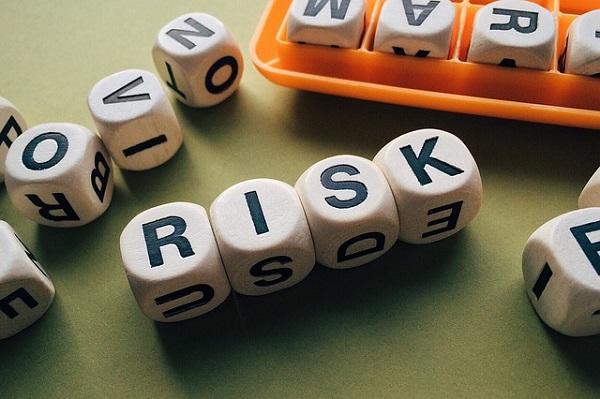
Avoiding RISK is RISKY!! - BasuNivesh
Avoiding RISK is RISKY!!
As a human, we scare to take the risk (majority). Especially when it comes to investment, our main idea of investment is to generate the best return with the least possible risk. But sometimes avoiding risk is RISKY!! How it can be? Let us discuss this concept in today’s post.
When I am sharing this post, my idea is neither to highlight that you must take risks nor completely avoid them. Without taking risks, innovation would end, as would fun, and courage would belong to the past. At the same time, I am not saying that one must take a BLIND risk like blind jumping or complete denial of possible falls in our investment.
Avoiding RISK is RISKY!!
In the book “Risk Savvy – How to make good decisions”, author Gerd Gigerenzer shared this wonderful event that happened post 9/11 terrorist attack.
“Let us turn the clock back to December 2001. Imagine you live in New York and want to travel to Washington. Would you fly or drive?
We know that after the attack, many Americans stopped flying. Did they stay home or jump into their cars? I have looked for an answer in the transportation statistics. In the months after the attack, the miles driven increased substantially. the increase was particularly strong on the rural interstate highways where the long-distance travel happens, jumping by as much as 5% in the three months after the attack. For comparison, in the months before the assault (January to August), individual monthly vehicles miles were up only less than 1% compared to 2000, which reflects the normal increase from year to year. All this extra driving lasted for twelve months; thereafter, car driving went back to normal. By then the images of the burning twin towers were no longer a daily feature in the media. “
Further, he explains the bitter truth about how we take risks “The death toll is six times higher than the total number of passengers (256) who died on board the four fatal flights. Every one of those traffic victims might still be alive if they had flown instead. From 2002 to 2005, 2.5 billion passengers took to the air on USA commercial flights. Not a single one died in a major airline crash. Thus, although the 9/11 attacks were reported to have cost the lives of about three thousand Americans, the number is at least half as many more.”
It is clear that who died due to road accident during those scary days of USA are those who feared of the air crash. If they took the calculated risk of flying through the air, they are alive today.
Now let us take an example of Franklin’s fiasco. Many of you may be aware that last year Franklin Mutual Fund stopped its 6 debt funds. Those who invested in those funds neither can withdraw the money nor can invest. In fact, as of now, they have not received their money fully. (I have written a post on this incident “Franklin Templeton India Closed 6 Debt Funds – Is it right?“.)
As much as Rs.25,648.27 Crore was invested in these funds. Obviously, those who invested in these funds are risk-averse investors, diversification purpose or their requirements may be short-term in nature. Hence, instead of investing the money in equity kind of assets (which is volatile), they opted for these 6 funds thinking they are safer than other assets or products to park their money.
But all because of their risk-averse nature from equity, they ended up in a big risk where as of today, they are unable to get their money to the fullest.
What may be their wealth if they invested the same amount of money in equity (assuming the value of Nifty during April 2020 to current value)? It is Rs.45,520.36 Crore in just 16 months!! (From April 2020 to August 2021).
It does not mean that I am suggesting them and comparing here that one must invest in equity rather than debt. My point here is that just to avoid one risk, how do we end in another trap or risk (knowingly or unknowingly).
Many who invested in those 6 mutual funds maybe because of – Diversification between debt to equity, thought of equity is risky (or other assets also) or maybe their requirement is short term in nature. But they ended up in big risk which they tried to avoid.
Take for example of PMC Bank or any other Co-Operative Banking scams, you noticed one thing that these are the investors who are purely risk-averse in nature. They avoided volatile assets and opted for Bank FDs. But ended up in loss-making due to such bank scams.
In fact, if you look at any real estate scams also, you noticed that majority of the investors are risk-averse to equity. They take the safe route of real estate. But end up losing everything in such scams (Do you know Rs.1,500 Crore biggest real estate scam of Bangalore?).
Conclusion – Hence, with all these classic examples in front of us, we come to the conclusion that avoiding risk is always may not end up safe. Sometimes we may end up in more loss than taking risks. So what is the solution? The solution is understanding our risk and being ready to manage the risk in a better way. Risk is everywhere. Even the money you keep in your savings account is also risky. But it does not mean I have to run away from risk. The art is in managing the risk consciously.









